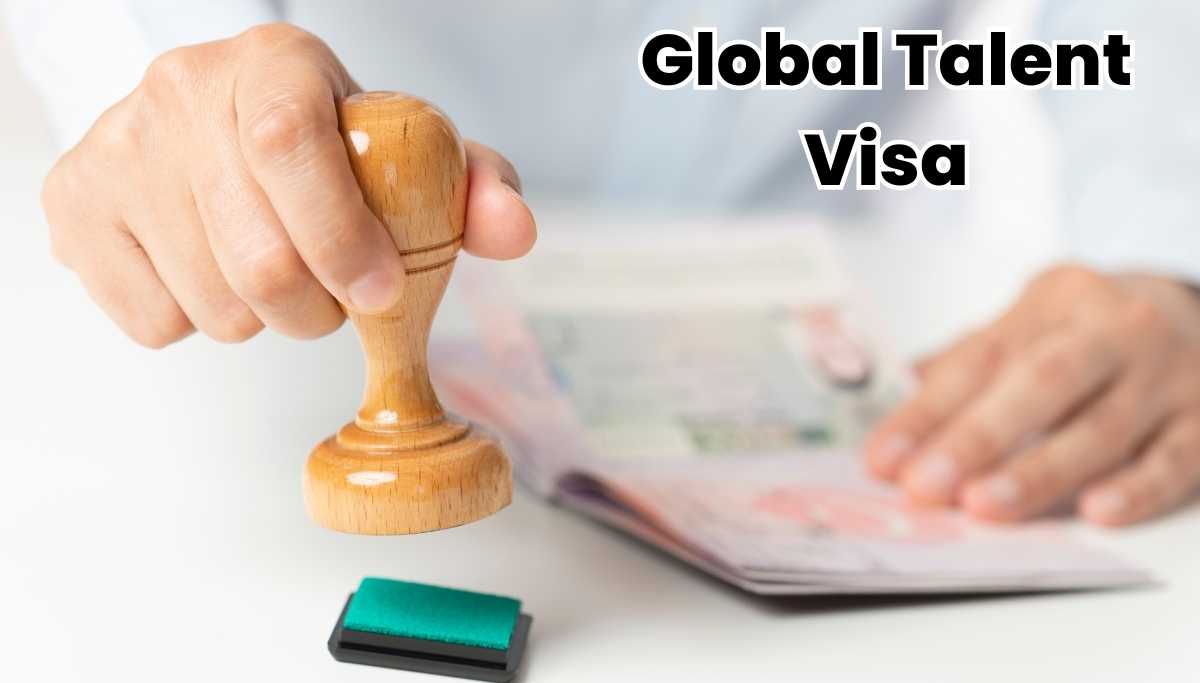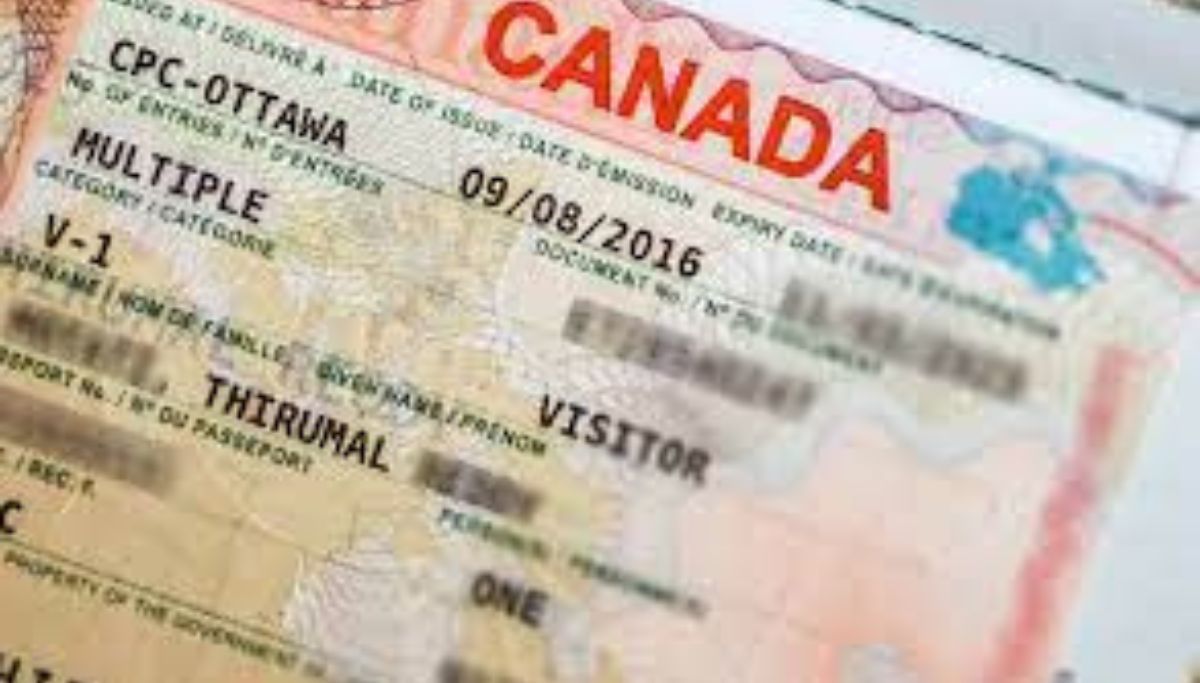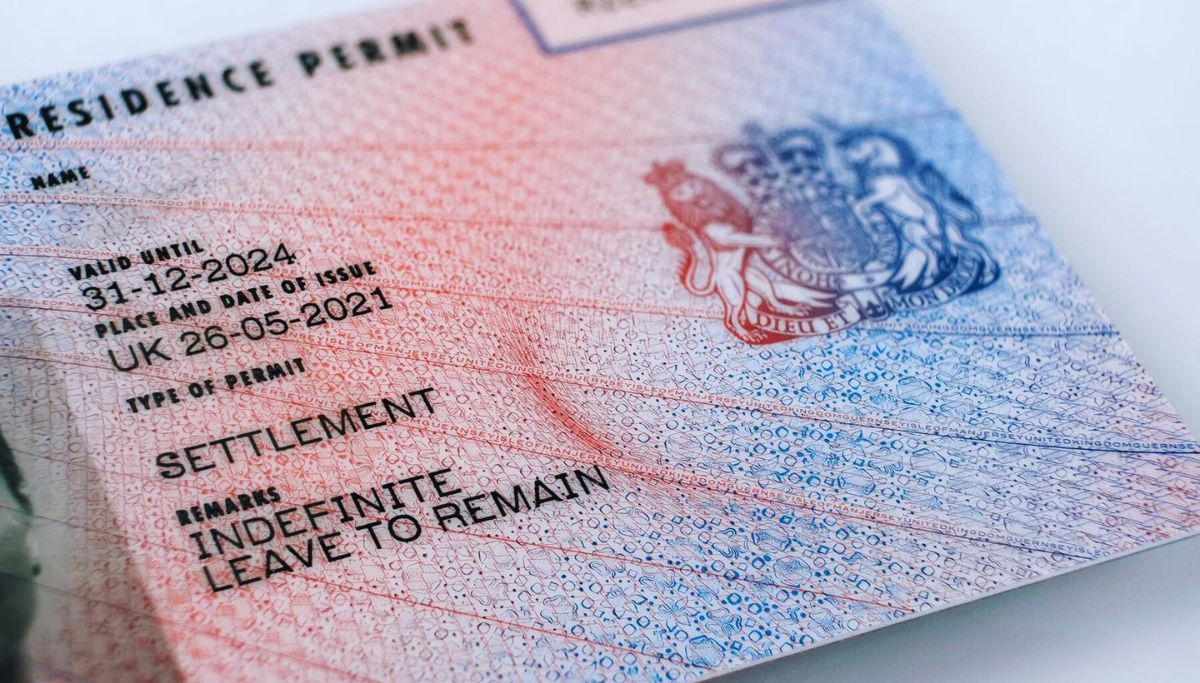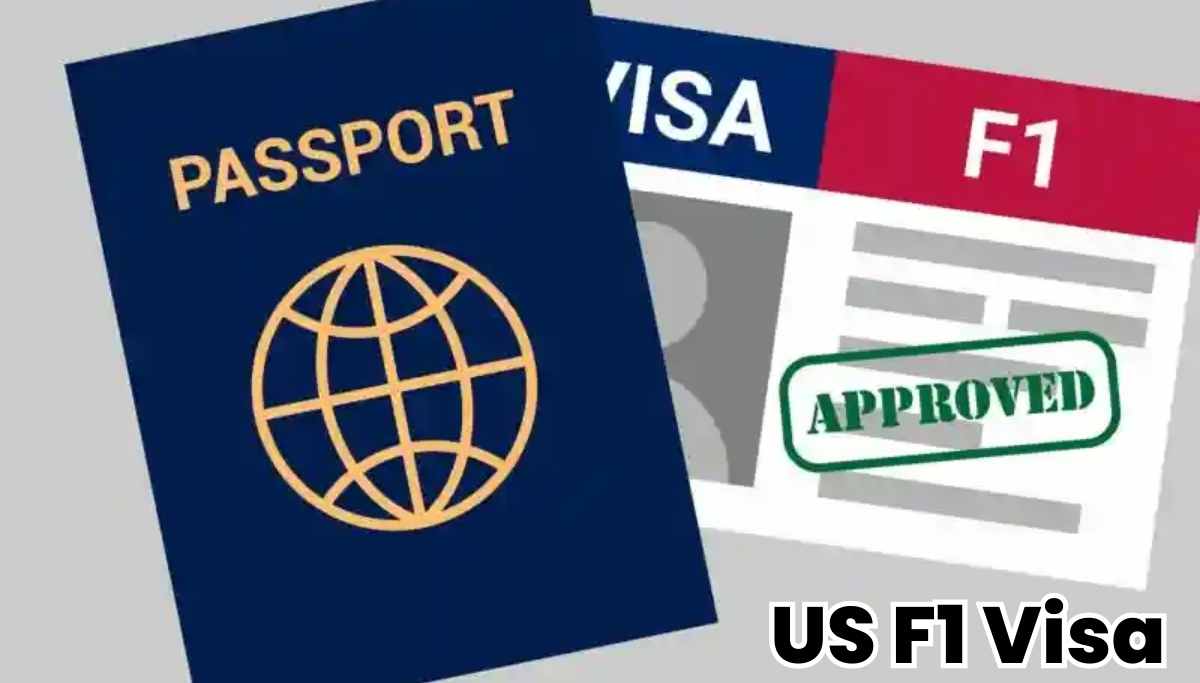Table of Contents
Spending weeks examining the requirements of different types of US Visas, working out all to solve everything, scouring the internet to clear your doubts regarding the complete procedure and it all boils down to you getting your visa approved!
A J1 visa must be requested by persons intending to partake in a job and research-based exchange tourist program in the United States. On the other hand an F1 visa is given at a US college or university to foreign students who are attending an academic program or English Language Program. This is the major difference between F1 vs J1 Student visa.
Applicants must first pick an exchange visitor program before applying for a J1 student visa USA to determine their eligibility for that J1 visa program. The applications for a J1 Student Visa require the completion of Form DS-2019 and the submitting of the required filing fees.
Obtaining your J1 student visa is the last and final step of your dream to move abroad. Once your visa is approved, nothing and no one can stop you from attending your dream college or working in another nation. Although time-taking, the practice of obtaining a J1 student visa USA is pretty straightforward.
The first thing that you need to do is fill the DS-160 Visa Application Form online. Keep the required documents handy such as the Passport and Planned Itinerary, Employment History, Digital Photograph, Contact Information, Travel History, etc with you before filling out the form.
The DS-160 form can be accessed at the US Embassy Website. The form requires around an hour to complete. Be cautious while filling out the form and answer all the questions carefully. An alpha-numeric barcode confirmation page will be generated after the completion of the DS-160 form which will be needed for the appointment at the Visa Application Center and the interview at the Embassy.
The next step is scheduling an appointment for an interview with a US embassy or consultancy. Make sure your paperwork is all sorted. Whether or not you would be getting a visa depending on your performance in the interview so be prepared for the interview. You should be confident and honest while answering the questions asked by the interviewer.
Make sure that all your documents are clear to prevent any discrepancies. This was a brief about obtaining a J1 student Visa. To know more,
Read the following instructions for the J1 Student Visa application process below for the full information on how to get a J1 student visa.
STEP 1: Find an Exchange Visitor Program
You would need to locate an approved sponsor to welcome you into their scheme while applying for a J1student visa. Many of these sponsoring organizations will locate participants in the United States, regardless of their physical location. The official list of designated supporter organizations is available here from the United State Department of State. Bear in mind that numerous companies test and search for someone with fluent English language abilities for their members. You will also be helped with how to apply for a J1 visa through the sponsoring organizations.
STEP 2: Determine the Eligibility
You can decide your eligibility for that program after you have chosen your J1 visa program before you apply for a J1 student visa. Depending on the program, there are various J1 visa requirement requirements, but all programs require the applicant to pass an English language proficiency test, such as TOFEL, IBT, IELTS, PTE, TOEIC, CAE, or CPE. Applicants should note before applying for a J1 visa that they would provide medical care for themselves and their dependents on the J2 visa. In short, to be considered for an exchange visitor program in the US, anyone applying for a J1 Student Visa must have the following details.
- English language proficiency; and
- Health insurance J1.
STEP 3: Complete the DS-2019 Form
The next step is to request the DS-2019 form, also known as the ‘Certificate of Eligibility for Exchange Visitor (J-1) Status,’ after you have submitted and have been accepted by a recognized sponsor agency. This form is an official document used by the US State Department to allow you to have an interview with the US embassy or consulate. If you are accompanied by your spouse or children, a separate DS-2019 form will also be issued. Form DS-2019 consists of specific details, such as:
- Identification of participants
- Identification of sponsor
- A brief summary of the participant’s program task to be performed
- Period of residency, including program start and end dates
- An exchange category
- The estimated cost of the exchange program
In order to receive their J1 student visa, participants can carry Form DS-2019 to the US Embassy or Consulate that they are visiting.
STEP 4: Payment of Fees
There are three forms of J1 visa application fees that must be provided by participants when applying for a J1 visa.
- Program Fee: The payments for the program varies from sponsor to sponsor. For publicly sponsored services, this charge is exempt.
- SEVIS Fee: The sponsor will issue Form DS-2019 after admission into the program. If he or she has to pay a special SEVIS charge, or if it is included in the program fee, the sponsor may notify the client. If the sponsor has paid on behalf of the claimant, a receipt acknowledging the payment will be obtained by the applicant.
- Visa Fee: A processing fee on a nonimmigrant visa is paid at the US Embassy or Consulate, which can vary from time to time.
Save time on the finest offers on secure education loans by filling the form on this blog!
STEP 5: J1 student visa requirements
J1 Candidates for all J1 exchange guest services must apply with their applications the following papers
- DS-2019 Form, Exchange Visitor Eligibility Certificate (J-1) Status. Form DS-2019 explains the exchange visitor policy briefly and requires the applicant for J1 to arrange an interview in their country at the US Embassy or Consulate.
- For J1 Visa Trainee and Intern candidates, Form DS-7002, Training/Internship Placement Plan.
- Type DS-160, Electronic Application for Nonimmigrant Visa Online.
- Valid visa for flying to the United States. The passport must be valid for at least six months after the end of the applicant’s planned stay in the United States.
- Photograph
There may be extra paperwork needed, so be sure to search the website of the US Embassy for your particular specifications.
STEP 6: The Interview
Applicants between the ages of 14 and 79 must be interviewed at the US Embassy or Consulate. You would need to have final clearance from a consular officer at a US embassy or consulate to have your J-1 student visa application approved. You will be asked about the curriculum at the interview, your plans after the program, how you intend to pay the costs, etc. It is necessary to reiterate that your goal is to complete the program and, upon conclusion, return to your home country. Also, always keep these tips in mind while go for your visa interview:
Speak for yourself
Do not accompany parents, friends, or family members with you to your interview. The interviewing officer wants to interview you and know about you. A negative impact can be created on him/her if you are not qualified to speak on your own behalf.
Be crisp and clear
Several applications are received, because of which, all consular officers have a limited time to organize an efficient and quick interview. They usually make a decision on the impressions they form in the first one or two minutes of the interview. Therefore, how and what you say first and the introductory impression you create is crucial. Try to keep your answers to the point.
Dependents in home Country
If your parents, spouse, or children are staying back in your home country. You should be ready to explain how they will support and manage themselves in your absence. This can sometimes get tricky especially if you are the only source of income for your family. So, be prepared with how you answer this question.
Ties to your home country
Ties to your home country are the things that engage you in your homeland, hometown, or current place of residence. You must be able to convince the interviewing officer that you have reasons for coming back to your home country that is more powerful than those for staying in the country you are planning to move.
Fluency in English
Be prepared that your interview will be conducted in English. Practicing English conversations with a native speaker before the interview would be a great idea. You should be able to answer fluently in English.
A Final Note
Based on your embassy or consulate, as well as your personal condition, how to apply for a J-1 student visa can be decided, so it’s necessary to make sure you have read on what you are required to do before and after your interview.










0 Comments